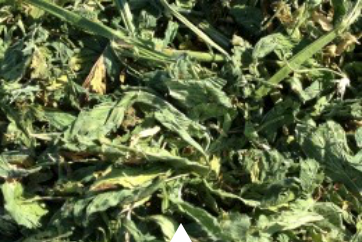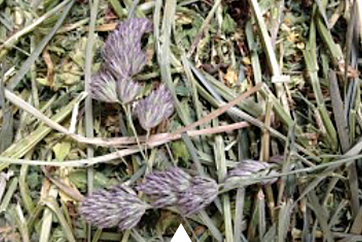
Domestic
Forage is the Base of the Equine Diet
No horse can survive without forage and all horses must consume at least 1% but preferably at least 2% of their body weight every day. Forages come in many forms: cubed, chopped and long stemmed, which is the ideal way to feed. Horses need to chew forage for many reasons, including mental and behavioral health, dental health, increased saliva production to help prevent ulcers and most of all, excellent quality nutrition. The type of horse being fed will dictate which type of forage should be fed. For example, a racehorse will require a forage of super high quality and high caloric density, while a Shetland pony needs a more fibrous, lower calorie forage.
Low Starch Low Sugar Forage
Western One is pleased to offer the most nutrient dense, high quality low starch and low sugar forages. Typically forages that are low in non structural carbohydrates also tend to be of low quality. Many are over mature, have been grown under stressful conditions and/or have been rained on. Forages harvested under these conditions can be low in non structural carbohydrates but also lack protein, vitamin and mineral content. Our low starch/sugar varieties of forage are clean, soft, palatable and nutritious therefor suitable for horses requiring the highest level of nutrient fortification.

Stacks of all varieties are available now!
Alfalfa
Orchard Grass
Orchard/Alfalfa
Timothy
Timothy/Alfalfa
Please contact us for more information or for inquiries on direct shipments.




